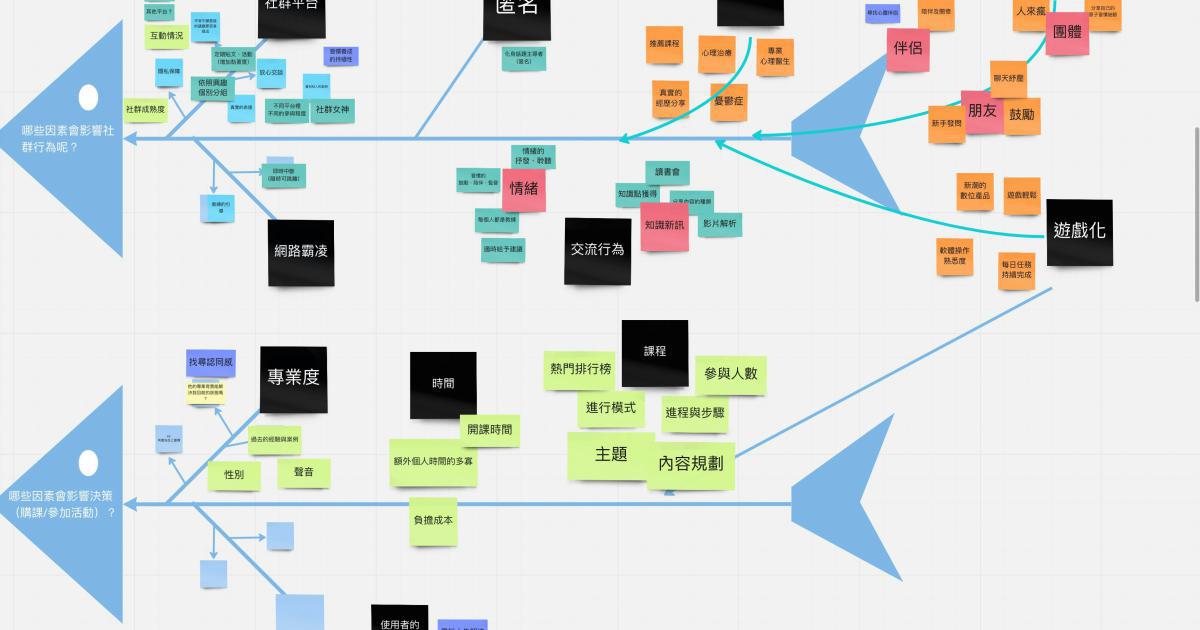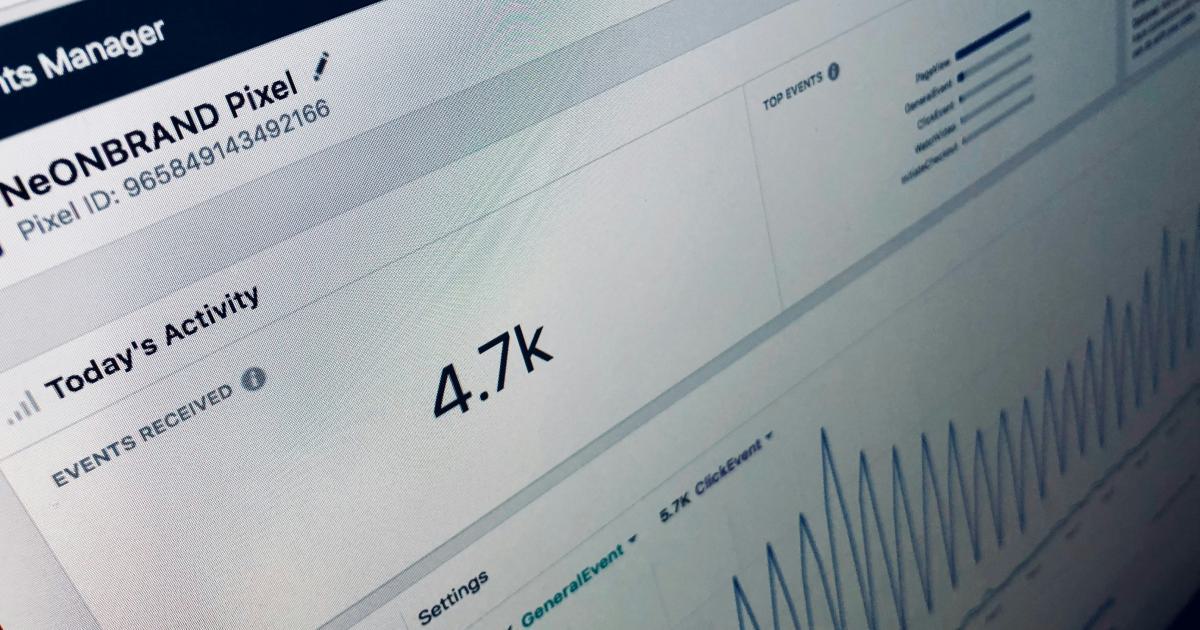A/B Testing Tips for Content Personalization Strategies


Understanding the Importance of A/B Testing in Content Personalization
A/B testing is a crucial tool for optimizing content personalization strategies. As businesses strive to deliver highly relevant and engaging experiences for their customers, the ability to test and refine personalized content becomes increasingly important. By conducting A/B tests, marketers can gain valuable insights into their audience's preferences, behaviors, and pain points, allowing them to make data-driven decisions that improve the effectiveness of their content personalization efforts.

In today's competitive digital landscape, where customers have high expectations and limited attention spans, the success of a content personalization strategy often hinges on the ability to deliver the right content to the right person at the right time. A/B testing enables marketers to experiment with different variations of personalized content, measure their performance, and continuously refine their approach to ensure maximum engagement and conversion rates.
By understanding the benefits of A/B testing in content personalization, businesses can unlock the full potential of their personalization strategies, creating more meaningful and impactful interactions with their target audience.
The Role of A/B Testing in Content Personalization
A/B testing, also known as split testing, is a method of comparing two versions of a piece of content or a marketing campaign to determine which one performs better. In the context of content personalization, A/B testing allows marketers to experiment with different personalized content elements, such as:
- Headline variations: Testing different headlines to see which one resonates better with the target audience.
- Image selections: Comparing the impact of different visuals or product images on engagement and conversion rates.
- Content structure: Experimenting with the layout, formatting, and organization of personalized content to optimize for better readability and user experience.
- Personalization triggers: Testing different triggers or rules that determine when and how personalized content is delivered to the user.
- Call-to-action (CTA) buttons: Evaluating the performance of various CTA designs, placements, and messaging to encourage desired user actions.
By systematically testing these elements, marketers can gather valuable data on the preferences and behaviors of their target audience, allowing them to make informed decisions that enhance the effectiveness of their content personalization strategies.

The insights gleaned from A/B testing can help marketers:
Optimize personalized content: Continuously refine and improve the relevance, clarity, and engagement of personalized content based on user feedback and performance data.
Personalize the customer journey: Use A/B test results to tailor the entire customer experience, from initial touchpoints to post-purchase interactions, for maximum impact.
Improve conversion rates: Identify the most effective personalized content variations that drive higher conversion rates, leading to better business outcomes.
Enhance customer satisfaction: Deliver personalized experiences that better meet the needs and preferences of the target audience, resulting in increased customer satisfaction and loyalty.
Establishing a Successful A/B Testing Framework for Content Personalization
To maximize the benefits of A/B testing in content personalization, it's essential to establish a well-structured framework that guides the testing process. Here are the key steps to consider:
1. Define Clear Objectives and Key Performance Indicators (KPIs)
Before launching any A/B tests, it's crucial to clearly define the specific objectives you aim to achieve. These objectives should be aligned with your overall content personalization strategy and the desired business outcomes. Common objectives in content personalization may include:
- Increasing engagement rates (e.g., time on page, bounce rate, scroll depth)
- Improving conversion rates (e.g., click-through rate, sign-ups, purchases)
- Enhancing customer satisfaction (e.g., Net Promoter Score, customer feedback)
- Reducing customer churn (e.g., unsubscribe rate, account deactivation)

Once you have established your objectives, identify the appropriate Key Performance Indicators (KPIs) that will help you measure the success of your A/B tests. These KPIs should be specific, measurable, and directly tied to your personalization goals.
2. Segment Your Audience Effectively
Effective audience segmentation is crucial for content personalization. By dividing your audience into more targeted groups, you can tailor your personalized content to better meet the needs and preferences of each segment. Some common segmentation criteria include:
- Demographics (e.g., age, gender, location)
- Psychographics (e.g., interests, values, lifestyle)
- Behavioral data (e.g., browsing history, purchase patterns, engagement levels)
- Technographic data (e.g., device type, browser, operating system)

Accurately segmenting your audience will enable you to conduct more meaningful A/B tests, as you can compare the performance of personalized content variations across different customer groups.
3. Identify Personalization Opportunities and Testable Hypotheses
Examine your current content personalization efforts and identify areas where A/B testing could yield the most significant improvements. This may involve analyzing user behavior data, customer feedback, and competitive insights to pinpoint potential pain points or opportunities for optimization.
Once you have identified the areas of focus, formulate clear hypotheses that you can test. These hypotheses should be based on your understanding of your target audience and the specific personalization goal you aim to achieve. For example:
"Personalizing the hero banner with product recommendations based on the user's browsing history will increase the click-through rate by 15% compared to the generic hero banner."

Clearly articulating your hypotheses will help you design your A/B tests effectively and ensure that the results provide actionable insights.
4. Develop a Structured Testing Plan
Create a comprehensive testing plan that outlines the specific steps and timeline for your A/B tests. This plan should include the following elements:
- Test variations: Clearly define the different versions of personalized content you will test, including the specific elements you plan to compare.
- Target audience: Specify the audience segments or user groups that will be included in the A/B test.
- Test duration: Determine the appropriate length of the test to ensure statistical significance and reliable results.
- Measurement and analysis: Outline the metrics you will track, the data collection methods, and the analytical techniques you will use to evaluate the test results.
- Implementation and rollout: Establish a plan for implementing the winning variation and scaling it across your content personalization strategy.

By following a structured testing plan, you can ensure that your A/B tests are well-designed, executed, and analyzed, leading to more meaningful and actionable insights.
5. Gather and Analyze Test Results
Continuously monitor the performance of your A/B tests, collecting and analyzing the relevant data to determine the winning variation. Pay attention to the statistical significance of your results, ensuring that the observed differences are not due to chance.

When analyzing the test results, consider the following factors:
- Conversion rates: Compare the conversion rates (e.g., click-through rate, sign-up rate, purchase rate) between the test variations to identify the most effective personalized content.
- Engagement metrics: Evaluate engagement metrics, such as time on page, bounce rate, and scroll depth, to understand how the personalized content is resonating with your audience.
- User behavior: Observe user behavior patterns, such as navigation paths and interaction patterns, to gain insights into the effectiveness of your personalized content.
- Qualitative feedback: Collect and analyze customer feedback, comments, and surveys to understand the perceived relevance and value of the personalized content.
6. Continuously Iterate and Optimize
A/B testing is an ongoing process, not a one-time exercise. Consistently review and refine your content personalization strategies based on the insights gained from your A/B tests. Continuously experiment with new ideas, test different variations, and implement the most successful approaches across your digital channels.

Remember, the goal is not to find a single "winning" variation, but to constantly improve and optimize your personalized content to deliver the best possible experience for your customers. By embracing a culture of continuous learning and improvement, you can ensure that your content personalization strategies remain relevant, effective, and aligned with the evolving needs of your audience.
Best Practices for Conducting Successful A/B Tests in Content Personalization
To ensure the success of your A/B testing efforts in content personalization, consider the following best practices:
1. Establish a Robust Data Infrastructure
Effective A/B testing requires a reliable data infrastructure that can capture, store, and analyze user behavior and performance data. Ensure that you have the necessary tools and systems in place to track user interactions, measure key metrics, and generate comprehensive reports.

This may involve integrating your content management system (CMS) with analytics platforms, customer relationship management (CRM) tools, and other relevant data sources. By establishing a robust data infrastructure, you can make more informed decisions and draw accurate insights from your A/B testing efforts.
2. Prioritize Statistical Significance
When evaluating the results of your A/B tests, it's essential to focus on statistical significance. This means ensuring that the observed differences between the test variations are not due to chance but are statistically significant enough to justify the implementation of the winning variation.

To achieve statistical significance, you'll need to determine the appropriate sample size, run the test for a sufficient duration, and use the right statistical methods to analyze the data. Consult with data analysts or statisticians to ensure that your A/B testing approach is scientifically sound and produces reliable, actionable insights.
3. Maintain a Controlled Testing Environment
To accurately measure the impact of your personalized content variations, it's important to maintain a controlled testing environment. This means minimizing the influence of external factors that could skew the results, such as:
- Traffic sources: Ensure that the test audience is evenly distributed across the different variations to avoid biases from specific traffic sources.
- User demographics: Monitor and control for any significant changes in the user demographics that could impact the test results.
- External events: Be aware of and account for any external events, such as marketing campaigns or industry news, that could affect user behavior during the test period.

By maintaining a controlled testing environment, you can be more confident that the observed differences in performance are directly attributable to the personalized content variations you're testing.
4. Ensure User Privacy and Consent
As you collect and analyze user data for your A/B testing efforts, it's crucial to prioritize user privacy and obtain the necessary consent. Comply with relevant data protection regulations, such as the General Data Protection Regulation (GDPR) or the California Consumer Privacy Act (CCPA), and ensure that your data collection and usage practices are transparent and in line with your privacy policy.

Protect user data by implementing robust security measures, anonymizing or aggregating sensitive information, and providing clear opt-in or opt-out options for users. By demonstrating a commitment to user privacy, you can build trust with your audience and maintain the integrity of your A/B testing program.
5. Communicate Findings and Implement Learnings
Finally, ensure that the insights and learnings from your A/B tests are effectively communicated and implemented across your organization. Share the test results, analysis, and recommendations with relevant stakeholders, such as content creators, marketing teams, and product managers.

Encourage cross-functional collaboration to ensure that the winning personalized content variations are implemented consistently and scaled across your digital channels. Moreover, establish a feedback loop to continuously monitor the performance of the implemented changes and make further refinements as needed.
By adhering to these best practices, you can maximize the effectiveness of your A/B testing efforts in content personalization, driving meaningful improvements and delivering exceptional experiences for your customers.